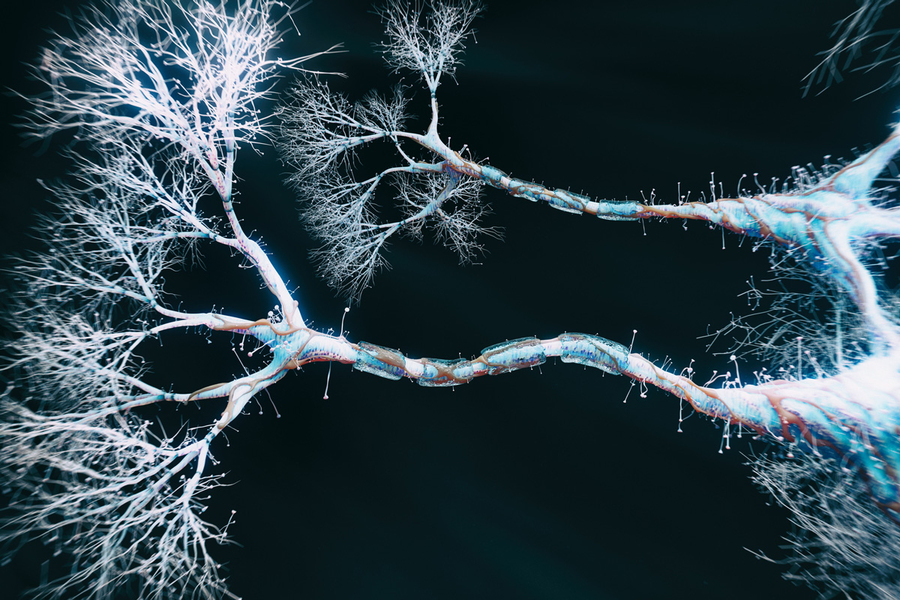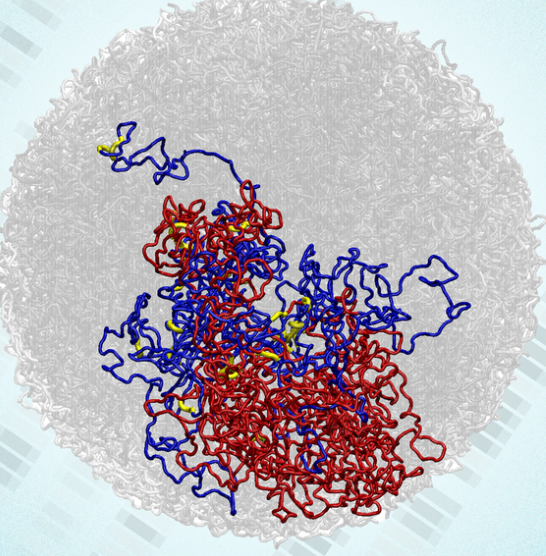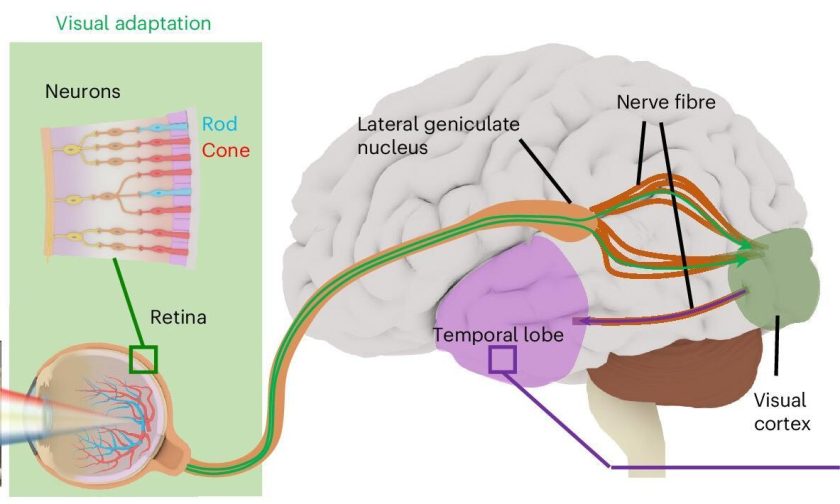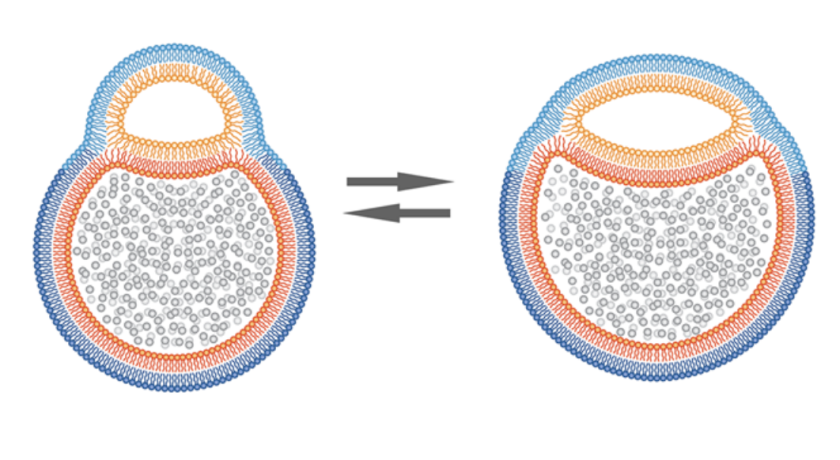
Dendrites, branch like extensions protruding from a single neuron, participate in computations and permutations to give a synchronized output to the neuron. Researchers at MIT have now demonstrated that not only different types of dendrites (of a single neuron) collect input from various regions of the brain, they also process that information in different customized ways.
Researchers figured out that dendritic process helps in two ways:
- assists cell to imbibe visual information, and
- combine it with motor feedback
Both the processes jointly aid in navigation and planning movement.
The area of our visual environment is huge with large numbers of objects however, neurons pick up specific features and landmarks from the entire chunk. From this data it decides, let’s say, on the running speed, direction and starting time to move towards a goal position, stated Mark Harnett, senior author of the study.
Role of dendrites
Any given neuron can have multiple dendrites. These branch-like extensions receive synaptic input from other neurons. Neuroscientists assume that individual dendrite works like a single computational compartment and do their own checks and permutations before forwarding the data to the upper body of neuron, where entire data (from other individualised dendrite from the same neuron) is integrated to generate an output.
According to previous research, the main role of dendrites was to amplify incoming signals with the help of NMDA receptors. NMDA receptors are localized at excitatory synapses. These are voltage-sensitive neurotransmitter receptors that are directly related to the activity of AMPA receptors.
NMDA receptors get activated when a dendrite receives large number of signals particularly via AMPA receptors. This results in creating an extra burst of current, which could be translated as “amplification” of incoming signals.
Complex computations
In the current study, the neuroscientists at MIT wanted to track:
- whether different types of inputs target specifically to different types of dendrites
- if yes, then will that affect the computations performed by those neurons.
A segment of pyramidal cells was put under observation. These cells are particularly prominent in motor and premotor areas and possess many different types of dendrites, like:
- Basal dendrite – extend below the body of the neuron
- Apical dendrite – extend from a trunk that travels up from the body
- Tuft dendrite – situated at the top of a trunk

Mapping of input signals
For the study, Harnett and his team observed retrosplenial cortex (RSC) since it is heavily interconnected with an array of brain networks occupied by cortical and subcortical regions. These parts are mainly responsible for planning, communication, and social cognition. Pyramidal neurons play a key role in myriad functions of cognitive tasks associated with these areas.
While studying mice’s retrosplenial cortex, neuroscientists noticed three types of inputs coming from different regions of the brain into the pyramidal neurons.
- One, from the visual cortex into basal dendrites,
- Second input from the motor cortex into apical oblique dendrites, and
- Third signal from the lateral nuclei of the thalamus, a visual processing area, into tuft dendrites.
Harnett says this is the first time that such type of mapping of input signals has been done so far. And with this they have concluded that there is an extremely sophisticated wiring rules present in the dendrites at the fundamental level.
Each compartment shows different level of electrical activity
At the first level, they assumed that NMDA receptors will show an extra burst of current. However, when they measured the electrical activity in each compartment they observed:
- Input coming from the visual cortex provoked supralinear electrical spikes, generated by NMDA receptors, as expected. Since the signal was coming from visual cortex so it represents landmarks and features of environment. Computation in this compartment allows RSC to flexibly adapt to changes in the visual area.
- But in apical oblique dendrites, there was only a steady linear response. There is no pattern of signals. Indirectly, it is telling cell how much input it is receiving without doing any computation. It represents information like running, speed and destination.
- In case of tuft dendrites, NMDA spikes are not easily generated.
This shows that different dendrites of a single neuron have different compartmentalised functions. And each section of these projections may or may not compute signals to give a particular output.
To gain more in-depth understanding, researchers Harnett’s lab are now looking forward to study each of these individual compartment as mice perform navigation tasks.
Takeaway
Brain has been one of the most fascinating subjects for neuroscientists since very long. And the more we understand brain, the more questions we have. Neurons are constantly performing complex calculations even when we ‘think’ we are doing nothing, neurons would still be computing at multiple modes of dendritic branches.
Although it’s still in an infancy stage but individual dendritic processing will curb a new path to enhance synaptic plasticity and cortical computation in the coming years.



